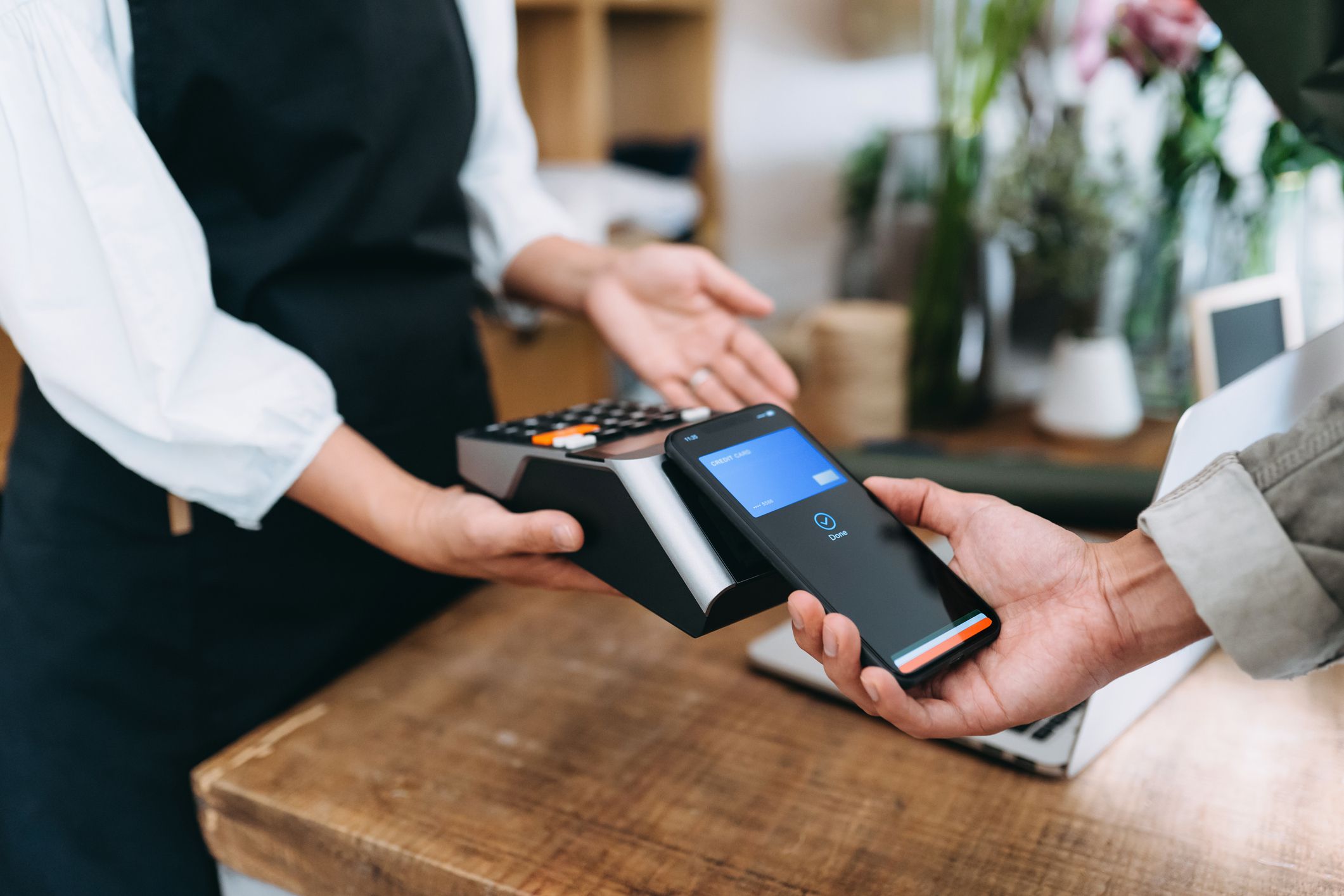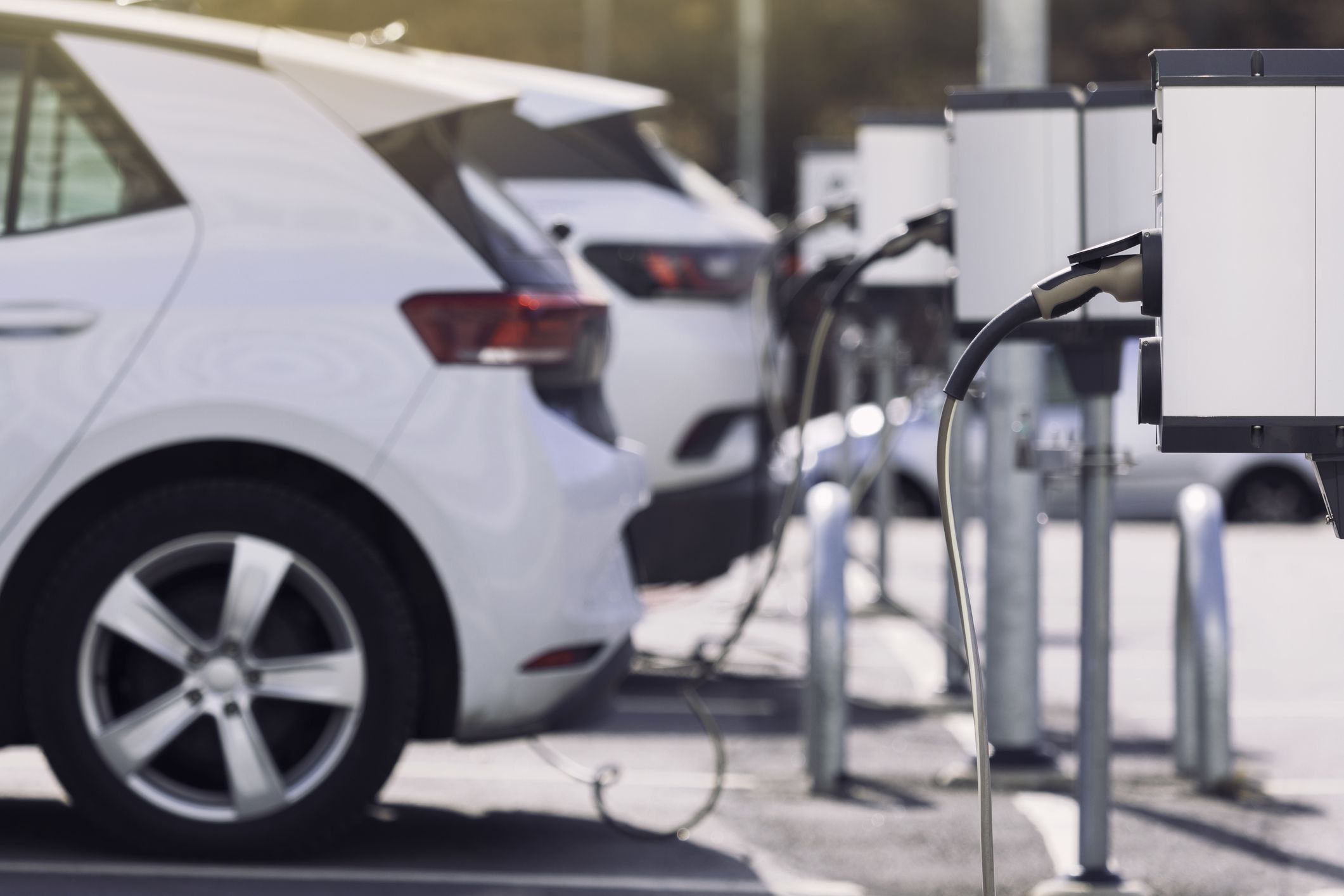It seems like technologies across the board are only ramping up in terms of just how fast they continue to evolve. ChatGPT sprang on the scene on November 30, 2022, and made tidal waves across the tech industry. What was once taken to be another attempt at artificially generated content like articles and images, quickly took on a life of its own.
We want to look further back though, and pay respects to the technologies that initially seemed too advanced, niche, or unusual to become widely embraced, but have now become part of our daily lives.
Related: Products You Never Thought Would be Obsolete
1. Smartphones

The first iPhone made its debut in 2007, and Android released their operating system the following year. From there the smartphone movement caught on like wildfire. These days, you’re either committed to not having a smartphone for financial or health reasons (mental and/or physical), or you’re one of the world’s estimated 4.8 billion smartphone users who is just trying to keep up with the times.
Related: 10 Places You Should Never Use Your Phone
2. Wi-Fi

By 2012, Wi-Fi was present in at least 25% of the homes across the world. Now, not only are you usually counting on having Wi-Fi in your home, but even a nice coffeeshop will lose your business if they don’t have reliable Wi-Fi.
Related: 103 Tech Products That Will Make Your Life Easier
3. Online Shopping

By February 2005, a company like Amazon that began only selling books, evolved to sell pretty much anything that you can think of thanks to their launching of Prime subscriptions. Even at their launch they had over 1 million in-stock items. Suffice to say, that number can’t hold a candle to where things are at for them nowadays.
Related: 33 Companies That Changed American Culture for Better or Worse
4. Social Media

With smartphones already gaining in popularity in the early 2000s as well, and social media apps taking up space on those smartphones, it came as no surprise that social media would end up consuming so many people’s attention. Now, with a social media app like Instagram and TikTok, people are earning obscene amounts of money for sharing videos that sometimes, honestly, make no sense at all.
Related: 11 TikTok Finance Influencers Who Are Actually Worth Listening To
5. Contactless Payment Technology

Well, now you’re bound to walk into many stores in cities and towns alike and be able to easily make a contactless purchase by using a service like Google Pay or Apple Pay. Or you can just use your debit/credit card that’s been designed to handle contactless payments. It’s pretty wild to think that contactless payments only arrived in the U.S. in 2014 when mobile wallets were launched.
Related: Feel Like You’re Getting Asked for Tips More Often? You’re Not Alone
Trending on Cheapism
6. Electric Vehicles And Self-Driving Cars

Then, we have electric vehicles (EVs). EVs are beginning to hold their own in terms of market share. Hey Car, which is a car dealership based in the UK And Europe has reported that electric vehicle sales shot up by 40% in 2022.
Related: Futuristic Car Features We Could See in the Next Decades (And One We Won’t)
7. Voice Recognition Technology

Now you have easy access to virtual assistants with built-in voice recognition technologies that have revolutionized common everyday occurrences like how you would shop or take the fastest possible route to the airport to catch a flight.
For more fun tech stories, sign up for our free newsletters.






